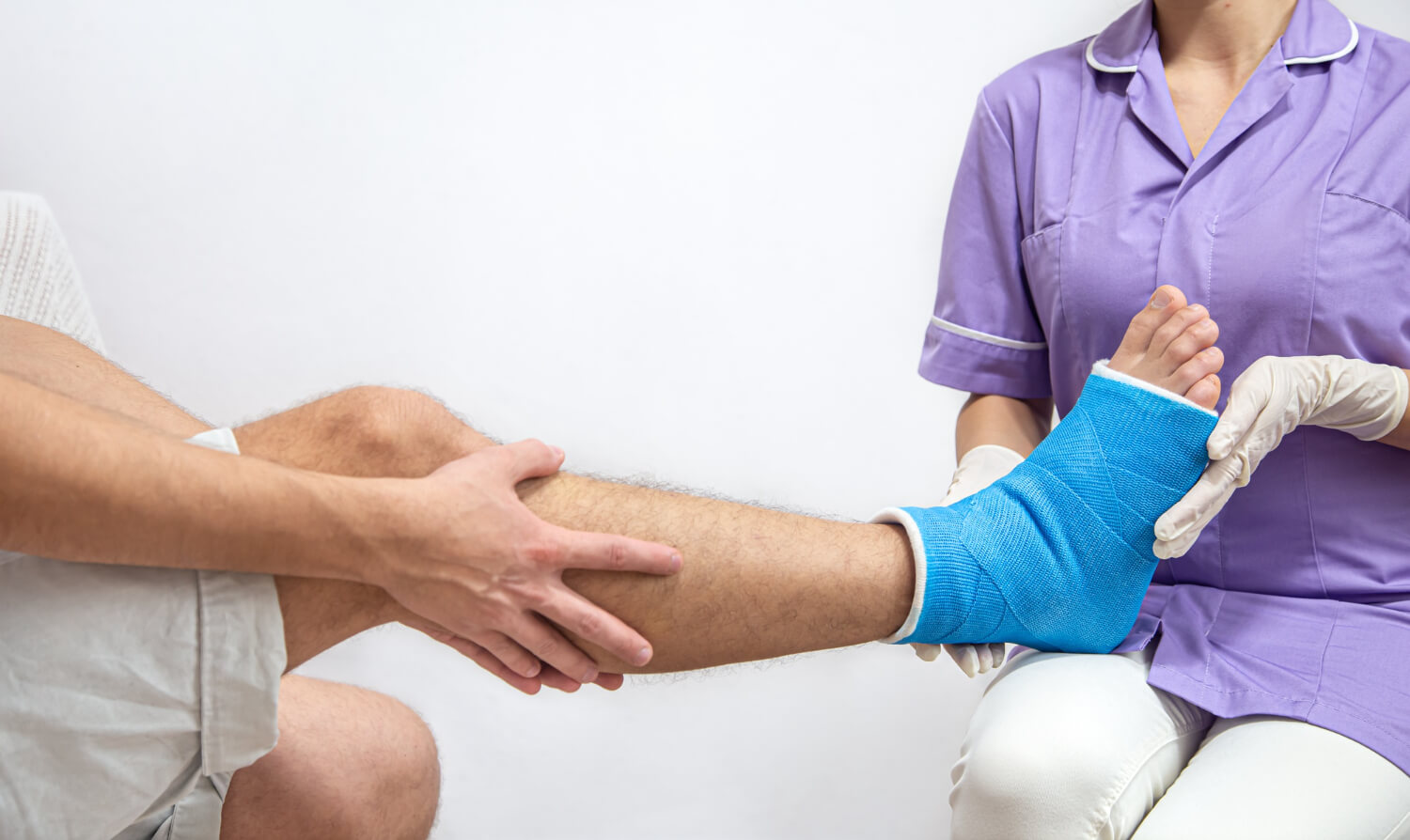Introduction
Dr. Nick Argerakis, a board-certified foot and ankle surgeon in New Jersey, specializes in advanced Charcot foot surgery, offering expert care to restore mobility and improve quality of life. Call (732)-320-9173 to regain mobility and improve your quality of life.
Key Takeaways:
- Charcot foot is a serious complication often linked to diabetes, requiring timely diagnosis and treatment.
- Surgery is recommended for severe deformities, instability, or recurrent ulcers.
- Common surgical options include exostectomy, reconstructive surgery, fusion, and, in extreme cases, amputation.
- Recovery involves immobilization, non-weight-bearing, and physical therapy over several months.
- Early intervention and expert care are crucial for optimal outcomes.
What Is Charcot Foot and Why Does It Require Surgery?
Charcot foot is a severe complication commonly seen in individuals with diabetes, especially those with peripheral neuropathy. It involves the progressive weakening of bones, joints, and soft tissues in the foot, often leading to deformity, fractures, and instability. When left untreated, Charcot foot can result in severe disability or even amputation. In advanced cases, surgical intervention becomes essential to restore foot function, prevent further damage, and improve quality of life.
When Should You Consider Surgery for Charcot Foot?
Surgery for Charcot foot is typically considered when conservative treatments such as immobilization, custom orthotics, and non-weight-bearing measures fail to halt disease progression. Common indications for surgery include:
- Severe foot deformity causing difficulty walking or wearing shoes.
- Recurrent ulcers that increase the risk of infection.
- Chronic instability in the foot or ankle.
- Bone infections that do not respond to antibiotics.
What Are the Surgical Options for Charcot Foot?
Depending on the severity of the condition, several surgical procedures may be performed, including:
Exostectomy
This procedure involves removing bony prominences to reduce pressure points and prevent ulcers. It is ideal for patients with localized deformities and no significant infection.
Reconstructive Surgery
Reconstruction aims to realign bones and stabilize the foot using screws, plates, or external fixation devices. It is often performed when there is severe deformity or joint dislocation.
Fusion Surgery (Arthrodesis)
This involves fusing unstable joints to provide a stable structure. It’s commonly used in cases of midfoot or hindfoot instability.
Amputation
In extreme cases where infection or tissue death is widespread, amputation may be the only option to save the patient’s life and prevent further complications.
Your surgeon will evaluate your condition to determine the most appropriate procedure.
How Should You Prepare for Charcot Foot Surgery?
Preparation is key to successful surgery. Here are the essential steps:
- Medical Evaluation: A thorough health check, including blood tests and imaging studies like X-rays or MRIs, is conducted to assess the severity of the condition and overall health.
- Blood Sugar Control: Maintaining optimal blood sugar levels minimizes the risk of infection and promotes faster healing.
- Quit Smoking: If you smoke, quitting improves circulation and accelerates recovery.
- Preoperative Planning: Discuss any medications you’re taking and follow the surgeon’s instructions regarding diet and activity.
What Is the Recovery Process After Surgery?
Recovery after Charcot foot surgery can be lengthy but is crucial for optimal outcomes. Here’s what to expect:
Immediate Post-Surgery Phase
- Hospital stay of a few days may be required.
- Pain management with prescribed medications.
- Use of a cast or boot to immobilize the foot.
Non-Weight-Bearing Period
- Typically lasts 6-12 weeks.
- Crutches or a wheelchair are used to avoid putting pressure on the foot.
Physical Therapy
- Rehabilitation exercises improve strength, balance, and mobility.
- Custom orthotics may be introduced to support the foot structure.
Return to Activities
- Gradual return to daily activities under the guidance of your healthcare provider.
- Regular follow-ups ensure the foot heals correctly.
What Are the Risks and Complications of Surgery?
Like any surgical procedure, Charcot foot surgery carries certain risks, including:
- Infection
- Blood clots
- Delayed wound healing
- Hardware failure
- Recurrent deformities
Why Choose Charcot Foot Surgery in New Jersey?
New Jersey offers top-tier medical facilities and highly skilled foot surgeons specializing in Charcot foot treatment. Benefits include:
- Access to advanced diagnostic tools and surgical techniques.
- Personalized care plans tailored to individual needs.
- Comprehensive pre-and post-operative support.
How Much Does Charcot Foot Surgery Cost in New Jersey?
The cost of Charcot foot surgery can vary based on factors such as the type of procedure, the severity of the condition, and the facility’s location. On average, the price ranges between $10,000 and $30,000. Many insurance plans cover the procedure, but it’s essential to verify your coverage and discuss financing options with your provider.
What Questions Should You Ask Your Surgeon?
Before proceeding with surgery, ensure you have a clear understanding of the procedure. Key questions include:
- What surgical technique will be used, and why?
- What are the potential risks and benefits of the surgery?
- How long is the recovery period?
- Will I need additional surgeries in the future?
- How can I optimize my recovery?
What Are the Long-Term Outcomes of Charcot Foot Surgery?
With proper care, Charcot foot surgery can provide long-lasting relief from pain, improved foot stability, and enhanced mobility. While full recovery may take months, most patients report significant improvements in their quality of life. Regular follow-ups, proper footwear, and lifestyle modifications are vital for maintaining the results.
How to Book an Appointment for Charcot Foot Surgery in New Jersey
If you’re experiencing symptoms of Charcot foot, don’t delay seeking professional help. Early intervention is crucial for preventing complications. Call (732)-320-9173 to schedule your consultation today and take the first step toward regaining your mobility.


